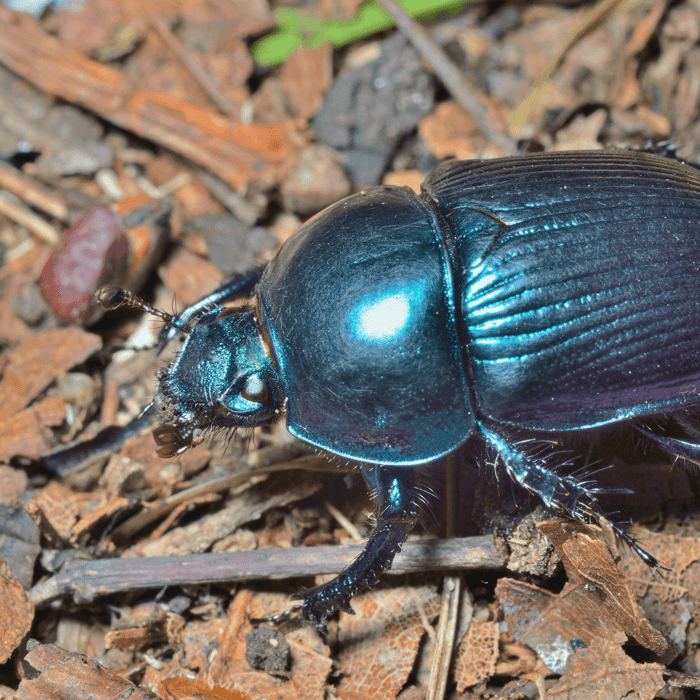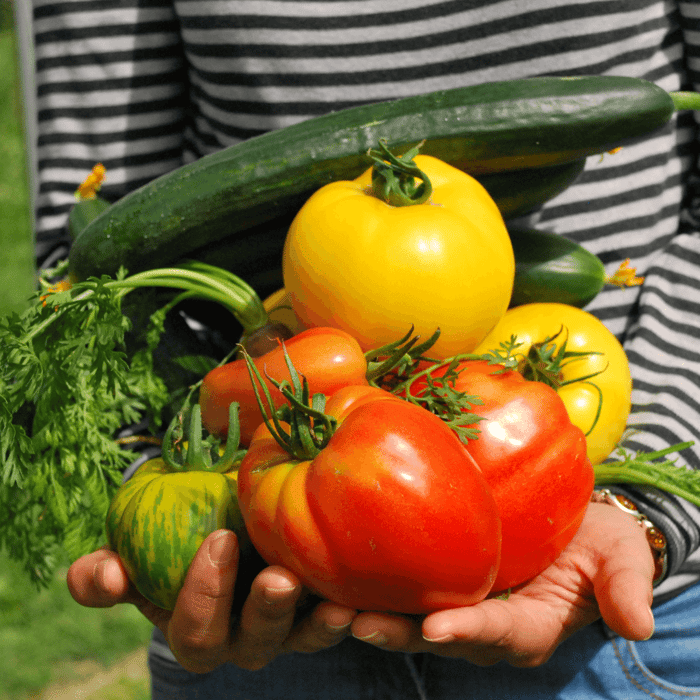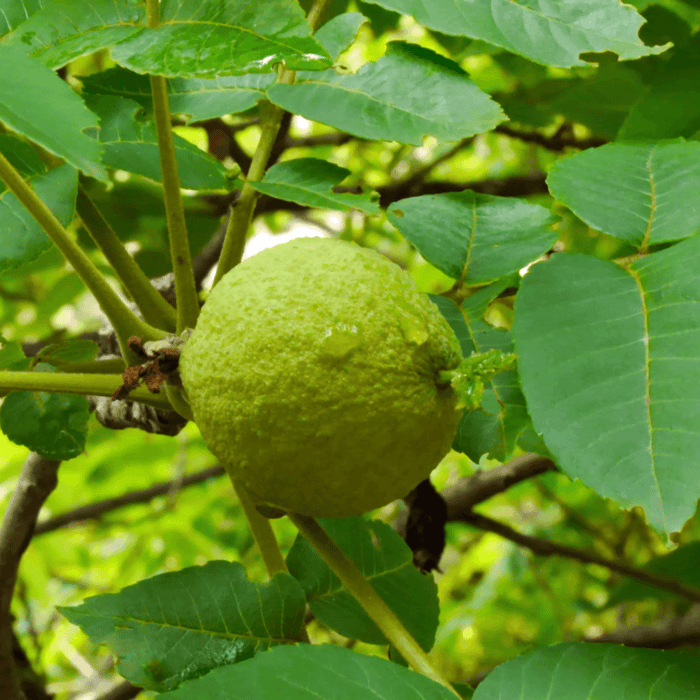As a passionate gardener, I've been growing my own vegetables and nurturing my little vegetable garden for years. I've learned that using heirloom seeds, cover crops and improving soil health is essential for a flourishing garden. One of the most effective methods I've discovered to maintain a healthy garden is crop rotation. This article will explore how crop rotation helps control pests and provide a step-by-step guide to implementing it in your garden. So, just how does crop rotation control pests? Let's get into the nitty-gritty!
1. Introduction to Crop Rotation
Crop rotation is the practice of growing different types of crops in the same area over a series of seasons. This method has been used for centuries by farmers and gardeners to control pests and diseases, improve soil health, and manage weeds. By rotating crops, we can prevent the buildup of soil-borne pests and conditions and reduce the need for chemical pesticides.
2. How Crop Rotation Controls Pests
Breaking Pest Life Cycles
Crop rotation helps control pests by breaking their life cycles. Many pests and diseases are host-specific, meaning they can only survive and reproduce on particular host crops. When we rotate crops, we replace the host crop with a non-host crop, depriving pests of their food source. As a result, their populations decline, and the risk of infestation decreases.
Promoting Beneficial Insects
Crop rotation also encourages the growth of beneficial insects that prey on harmful pests. Providing a diverse range of plants creates a more balanced ecosystem in the garden. This balance helps control pest populations without resorting to chemical interventions.
Vegetable Seed Vault Kit | 35 Variety Pack

$29.95
$49.95
Ultimate Survival Seed Vault: 16,000+ Non-GMO Heirloom Vegetable Seeds for Emergency Preparedness Introducing the Seed Vault Kit, your all-in-one solution for emergency preparedness and sustainable gardening. This premium seed kit contains over 16,000 non-GMO, Heirloom, Non-Hybrid, and Open Pollinated seeds,… read more
3. Soil-Borne Disease Management
Many soil-borne diseases can persist in the soil for years, waiting for a suitable host crop to infect. By rotating crops, we can reduce the chances of a disease infecting the same crop repeatedly. This prevents the buildup of harmful pathogens in the soil and minimizes the risk of disease outbreaks.
4. Improving Soil Health
Crop rotation plays a crucial role in improving soil health. Different crops have varying nutrient requirements and contribute differently to soil structure. By rotating crops, we can:
- Prevent nutrient depletion: Different crops require other nutrients. Rotating crops ensures that the soil doesn't become depleted in specific nutrients, which can lead to poor plant growth and increased susceptibility to pests and diseases.
- Enhance soil structure: Some crops, like tiny grains and cover crops, have extensive root systems that can help improve soil structure and reduce soil erosion.
- Increase soil fertility: Legume crops, such as beans and peas, can fix nitrogen from the atmosphere and add it to the soil, improving overall soil fertility.
5. Weed Management
Crop rotation can help with weed management in a few ways:
- Different crops compete with weeds for resources like sunlight, water, and nutrients. By changing the crops we grow, we can disrupt the growth patterns of weeds and limit their spread.
- Some crops, like cover crops, can smother weeds by growing densely and quickly, reducing the need for herbicides.
- Certain crops release natural chemicals that can inhibit weed growth, a process known as allelopathy.
6. Planning Your Crop Rotation
To implement a successful crop rotation, follow these steps:
- Assess your garden: Determine the size of your garden, the types of vegetables you want to grow, and any existing pest or disease problems.
- Group crops by family: Group your chosen vegetables by their plant families, as pests and diseases often target specific plant families. This will help you avoid planting the same family of crops in the same spot for consecutive years. Some insects and pests can be beneficial and can help you control other pests too so be sure to keep in mind not all insects are bad.
- Determine your rotation cycle: A typical cycle is 3 to 4 years, but this can vary depending on your garden's specific needs and the crops you grow. The longer the rotation cycle, the more effective it controls pests and diseases.
- Create a rotation plan: Design a garden plan detailing where each crop family will be planted each year. Be sure to include cover crops and fallow periods if necessary. Keep a record of your project to help with future planning and adjustments.
- Incorporate other pest control methods: While crop rotation is an essential tool for managing pests, it works best when combined with other integrated pest management (IPM) strategies, such as using pest-resistant cultivars, biological control, and practicing good sanitation.
7. Crop Rotation Examples
To give you an idea of how crop rotation works, here are two examples of rotation cycles for a vegetable garden:
Example 1: 3-Year Rotation
- Year 1: Legumes (peas, beans) → Brassicas (cabbage, kale, broccoli) → Nightshades (tomatoes, peppers, eggplants)
- Year 2: Brassicas → Nightshades → Legumes
- Year 3: Nightshades → Legumes → Brassicas
Wildflower, Perennial, & Annual Flower Seed Kit | 35 Variety Pack
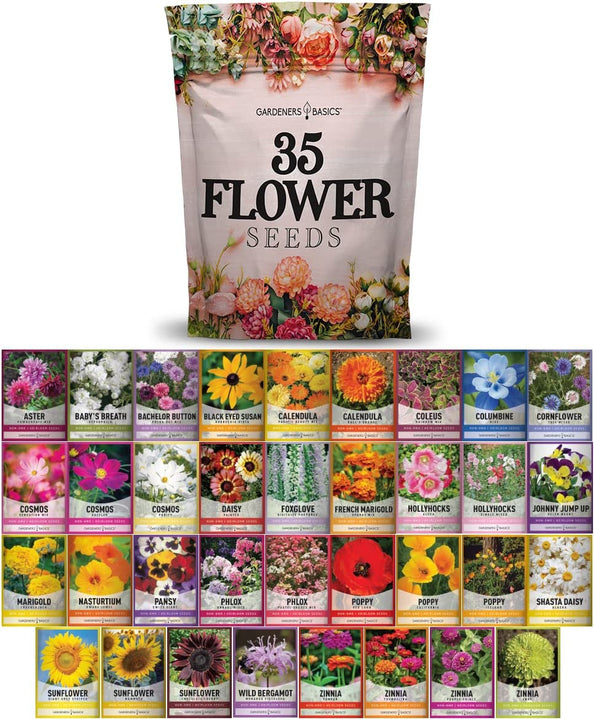
$29.95
$49.95
35 Flower Seeds Variety Pack – Heirloom, Non-Hybrid, Non-GMO, Open-Pollinated – Perfect for Pollinator-Friendly Gardens Transform your garden with our 35 Flower Seeds Variety Pack, offering a stunning and diverse selection of heirloom, non-hybrid, and non-GMO seeds. Each variety in… read more
Example 2: 4-Year Rotation
- Year 1: Legumes → Brassicas → Nightshades → Small Grains/Cover Crops (rye, oats, clover)
- Year 2: Brassicas → Nightshades → Small Grains/Cover Crops → Legumes
- Year 3: Nightshades → Small Grains/Cover Crops → Legumes → Brassicas
- Year 4: Small Grains/Cover Crops → Legumes → Brassicas → Nightshades
8. Adapting to Changes and Challenges
Crop rotation is a dynamic process that requires ongoing observation, evaluation, and adjustment. As your garden evolves, you may need to modify your rotation plan to address new challenges like emerging pests or changing environmental conditions. Paying close attention to your garden's health and adapting your rotation plan can effectively control pests and maintain a thriving, productive garden.
In conclusion, crop rotation is essential for any gardener or farmer seeking to control pests and diseases in their vegetable garden. Following a well-planned rotation cycle and incorporating other IPM strategies, you can cultivate a healthy, sustainable garden that yields bountiful harvests for years.
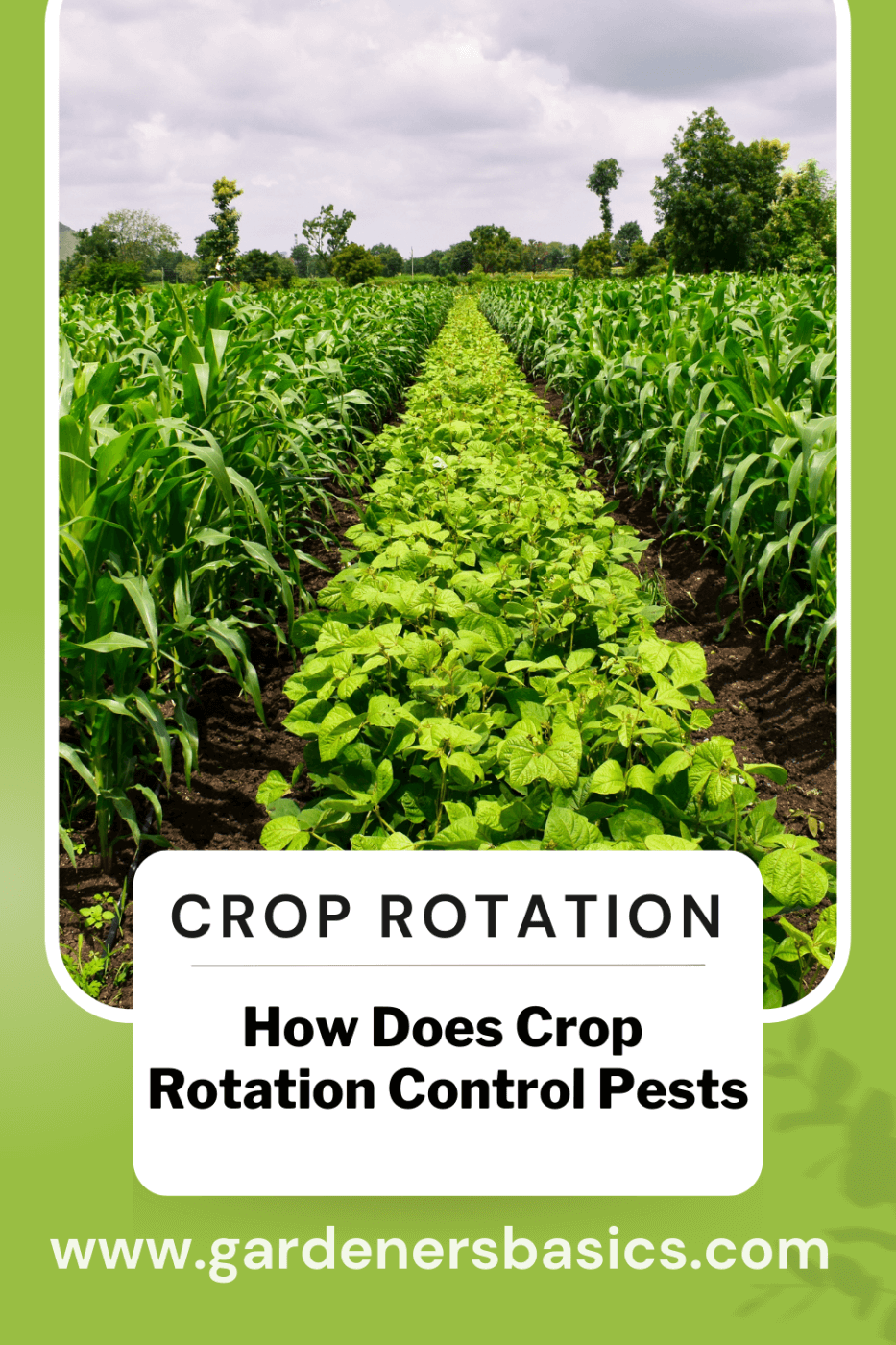 FAQ: Frequently Asked Questions - How Does Crop Rotation Control Pests
FAQ: Frequently Asked Questions - How Does Crop Rotation Control Pests
Below are some frequently asked questions about crop rotation and their answers to help you better understand this gardening practice.
Q1: Can I practice crop rotation in a small garden?
A1: You can practice crop rotation even in a small garden. The key is to group your crops by plant family and avoid planting the same family in the same spot in consecutive years. You may need to get creative with your planting layout, but even a simple rotation can help reduce pest and disease problems.
Q2: How often should I rotate my crops?
A2: Ideally, you should rotate your crops every year, following a 3- or 4-year rotation cycle. This means a particular crop family should not be planted in the same spot for at least 3 to 4 years.
Q3: Can I use cover crops in my crop rotation plan?
A3: Cover crops can be an excellent addition to your crop rotation plan. They help improve soil health, suppress weeds, and even deter pests. When planning your rotation, consider including cover crops like clover, rye, or oats as part of your rotation cycle.
Q4: What if I don't know the plant families of my crops?
A4: Knowing the plant families of your crops is essential for successful crop rotation. If you are unsure about the plant families, you can find information in seed packets, gardening books, or online resources. Some common plant families include Brassicas (cabbage, kale, broccoli), Nightshades (tomatoes, peppers, eggplants), and Legumes (peas, beans).
Q5: How do I manage perennial crops in my crop rotation plan?
A5: Perennial crops, like asparagus or rhubarb, can be challenging to incorporate into a crop rotation plan since they remain in the exact location for several years. However, you can still practice crop rotation around these perennials by rotating the annual crops planted in adjacent beds.
Popular Herb Seeds for Planting | 35 Variety Pack
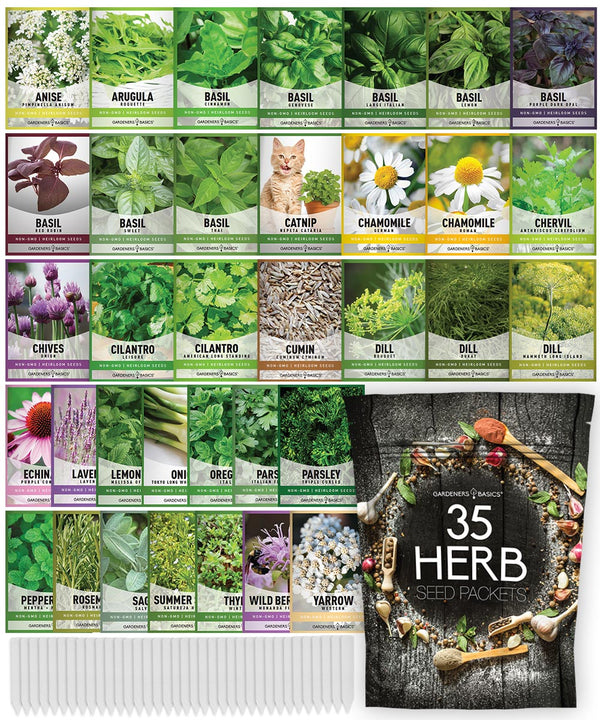
$29.95
$49.95
Heirloom, non-GMO herb seeds for indoor and outdoor home gardens! Introducing our 35 Herb Seeds Variety Pack, the ultimate selection for any herb garden enthusiast! This premium assortment includes heirloom herb seeds that are non-hybrid, open-pollinated, and non-GMO, ensuring you get only… read more
Q6: Can crop rotation alone eliminate all pests and diseases?
A6: While crop rotation effectively controls pests and diseases, it is not a silver bullet. It works best with other integrated pest management (IPM) strategies, such as using pest-resistant cultivars, biological control, and practicing good sanitation.
 Q7: What should I do if I encounter a persistent pest or disease problem even after practicing crop rotation?
Q7: What should I do if I encounter a persistent pest or disease problem even after practicing crop rotation?
A7: If you're facing a persistent pest or disease issue despite practicing crop rotation, consider the following steps:
- Evaluate your rotation plan: Ensure you correctly rotate crops and do not plant the same crop family in the same area for consecutive years.
- Integrate additional pest management strategies: Combine crop rotation with other IPM techniques, such as using pest-resistant cultivars, introducing beneficial insects, and practicing good garden hygiene.
- Seek professional help: If the problem persists, consult a local extension service or horticultural expert for advice on addressing the specific issue.
Q8: Can I practice crop rotation with container gardening?
A8: Yes, crop rotation can be practiced in container gardening. Although the spatial constraints of container gardening can be challenging, you can still rotate crops by changing the plant families grown in each container every year. Additionally, regularly replace or refresh the potting soil to prevent the buildup of soil-borne pests and diseases.
Q9: Do I need to practice crop rotation using organic gardening methods?
A9: Yes, crop rotation is essential for all gardeners, including those who follow organic gardening principles. By rotating crops, you can maintain a healthy and balanced ecosystem, reducing the need for chemical interventions while controlling pests and diseases naturally.
Q10: Can I practice crop rotation with companion planting?
A10: Yes, crop rotation and companion planting can work together effectively. Companion planting involves growing different plant species to improve their growth, deter pests, and enhance overall garden health. You can incorporate companion planting within your crop rotation plan by selecting compatible crop families for each rotation cycle and growing them together to support their joint health and growth.





